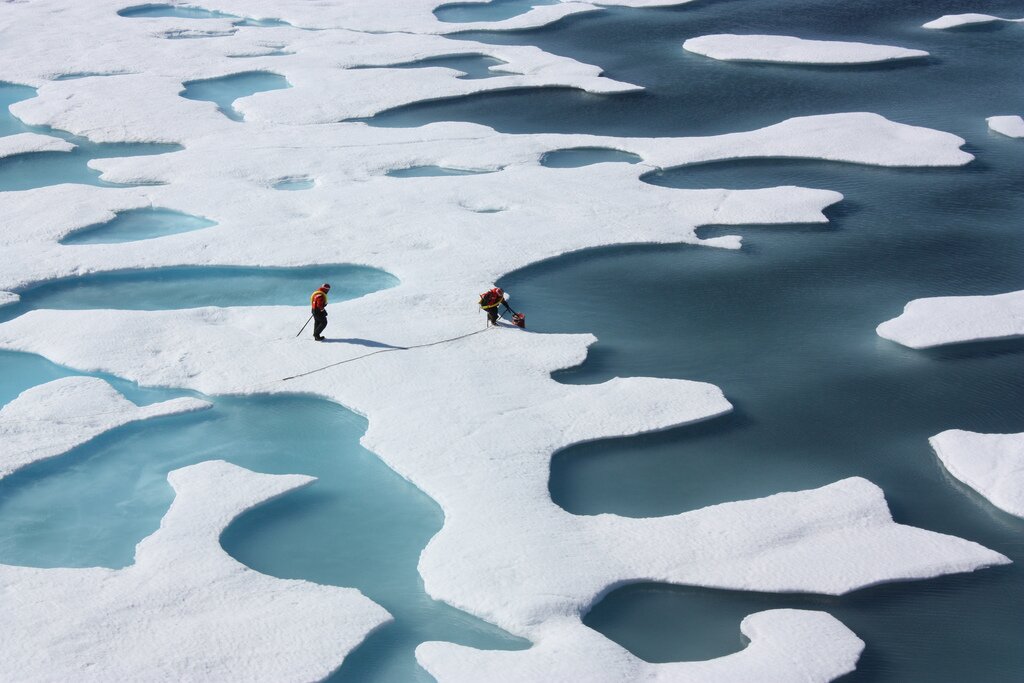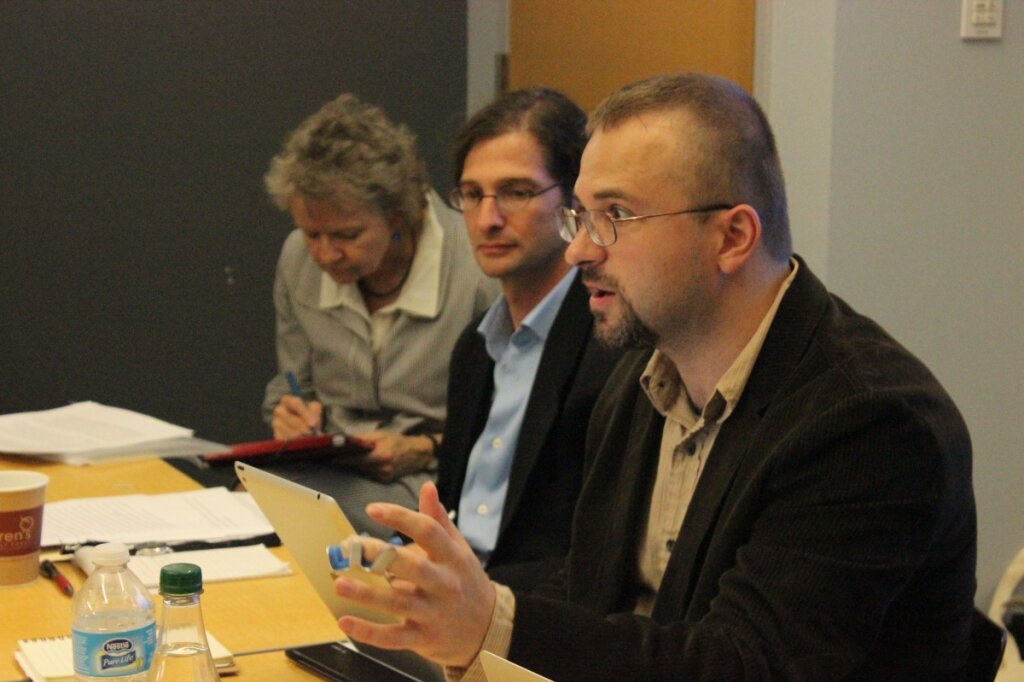Paul Stubbs is Emeritus Senior Research Fellow at the Institute of Economics, Zagreb, and currently a Visiting Fellow at the Institute for Human Sciences (IWM) in Vienna. His work focuses on policy translation, international actors in social policy and social development, new green-left municipalisms and the history of Yugoslav socialism, social welfare and the Non-Aligned Movement.
This is a shortened and revised version of a text that originally appeared in Current History.
Croatia joined the European Union on 1 July 2013 and became, after Slovenia in 2004, the second, and so far, last, Yugoslav successor state to do so. Joining NATO in 2009, and becoming a part of the Schengen zone at the same time as adopting the Euro as its currency on 1 January 2023, suggests that Croatia’s process of “Euro-Atlantic integration” has been completed. Nevertheless, many political, social and economic challenges remain and it is these that are the focus of this essay.
Croatia mirrors tendencies within the European Union that can be found in member states such as Hungary and Poland, where new forms of radical retrenchment, conservative familialism, and a re-assertion of national pride have developed alongside an ambivalence about the value of European integration itself. Social and political rights are still layered, with ethnic Croats and, indeed, Croats in the diaspora, favored at the expense of non-Croatian citizens, notably Serbs and Roma, and a new wave of migrants. Ethnicity is linked to religion with an important discursive and disciplinary role played by the Catholic church in a re-assertion of a nationalist and heteronormative familialism. The religious right achieved an important victory in a referendum held in December 2013, less than six months after joining the EU, that succeeded in changing the Constitution to define marriage as “the union of a man and a woman.”
Since independence, Croatian politics at the national level has been dominated by one party: the Croatian Democratic Union (HDZ). HDZ enjoyed total domination throughout the 1990s under the leadership of the first Croatian President, Franjo Tudjman, and engaged in a classical nationalist state-building project combining a degree of democratic legitimacy with autocratic, even authoritarian, tendencies.
Formally democratic institutions and processes, including separation of powers and checks and balances on executive authority were often empty shells, as those of the wrong ethnicity or political views were cast aside in favor of HDZ insiders. Between 1995 and 1998, the securing of Croatia’s territorial integrity, through both military and peaceful means, produced a mass exodus of the ethnic Serb population from territories that had formed the breakaway Republic of Serbian Krajina. Those declaring themselves as of Serbian ethnicity fell from around 12% of the population in 1991 to a little over 3% in 2021.
Since the death of Tudjman, HDZ has exhibited a remarkable resilience, bouncing back into power after crises and controversies that would have destroyed less robust structures. Ivo Sanader, Prime Minister from 2003 until his resignation in 2009, was once touted as the great modernizer, including by some key EU figures. In 2010, however, he was indicted on corruption charges and is currently serving a prison sentence. Sanader represents only the most dramatic example of an HDZ-led network of clientelistic kleptocrats that continues tendencies developed during the 1990s. Corruption scandals continue to flare up periodically, with the abuse of public office for private gain going far beyond senior politicians to reach into the legislative branch and the judicial system as a whole.
One of the most significant social policy challenges facing Croatia today is its aging population. In 2022, 22.5% of the Croatian population was aged 65 or over, the fifth highest proportion in the EU, rising from 17.9% in 2012. At the same time, the share of those aged 0-14 decreased, from 15.1% in 2012 to 14.3% in 2022, the sixth lowest in the EU. The average age of the Croatian population in 2021 was 44.3 years. By 2050, 31% of the Croatian population will be over 65 years old and 11% over 80 years old.
The aging crisis has been compounded by many working-age adults leaving to work abroad. Labor shortages have been addressed by significant immigration. Young men from India, Nepal and the Philippines holding temporary work permits, often received through an agency, now work in construction, tourism, or the platform economy—living with few rights and often in poor conditions. Rising numbers of those seeking to enter Croatia illegally have been met by increased police repression, violence, and push-backs on the border.
Since independence, it seems that Croatia has lurched from one crisis to another. The crisis of war in the early 1990s led to a significant decline in Croatia’s GDP, with real GDP in 1993 down to 60% of its 1989 level and still reaching only 78% by 1998, through a combination of direct war damage, deindustrialization, and a loss of revenue from tourism. Although GDP grew between 2000 and 2007 and between 2011 and 2019, Croatia experienced the full force of the global crises of 2008-9, when GDP fell by over 9.2%, and 2019-20, when it fell by 12.0%. The war years also saw the advent of privatization, which has been crucial in shaping the future path of Croatian capitalism. With allocations rewarding insiders with links to the ruling HDZ, Croatian privatization has been described by some commentators as “legalized robbery.”
Croatia’s membership of the Eurozone from 1 January, 2023 consolidated long-term processes of Euroization. Originally, the Euro operated alongside the Croatian currency, the Kuna, to which it was broadly tied as a unit of account, means of payment, and source of value. However, Euroization was also the culmination of a technocratic fix that ignored the broader problems of the Eurozone project, not least the different implications for core and peripheral economies. Rather than consider these nuances, Eurozone advocates constructed a discourse that emphasized the absence of alternatives and encouraged a naïve faith in the benefits of EU membership for future stability and prosperity.
Croatia is now as exposed as Greece, Portugal, Spain, and Italy were in the years of financial crisis to ever stricter fiscal disciplinarity in the interests of the core EU member states. Indeed, the combination of the energy and food crisis following the war in Ukraine with the adoption of the Euro has led to a cost-of-living crisis and high inflation that hits the poorest quintile of the population and the most exposed parts of the economy hardest. The rather vague utopian promises of EU membership in a small, open, peripheral economy such as Croatia have not been realized.



